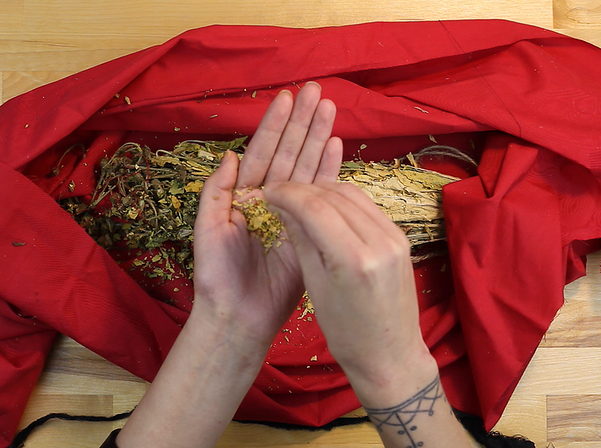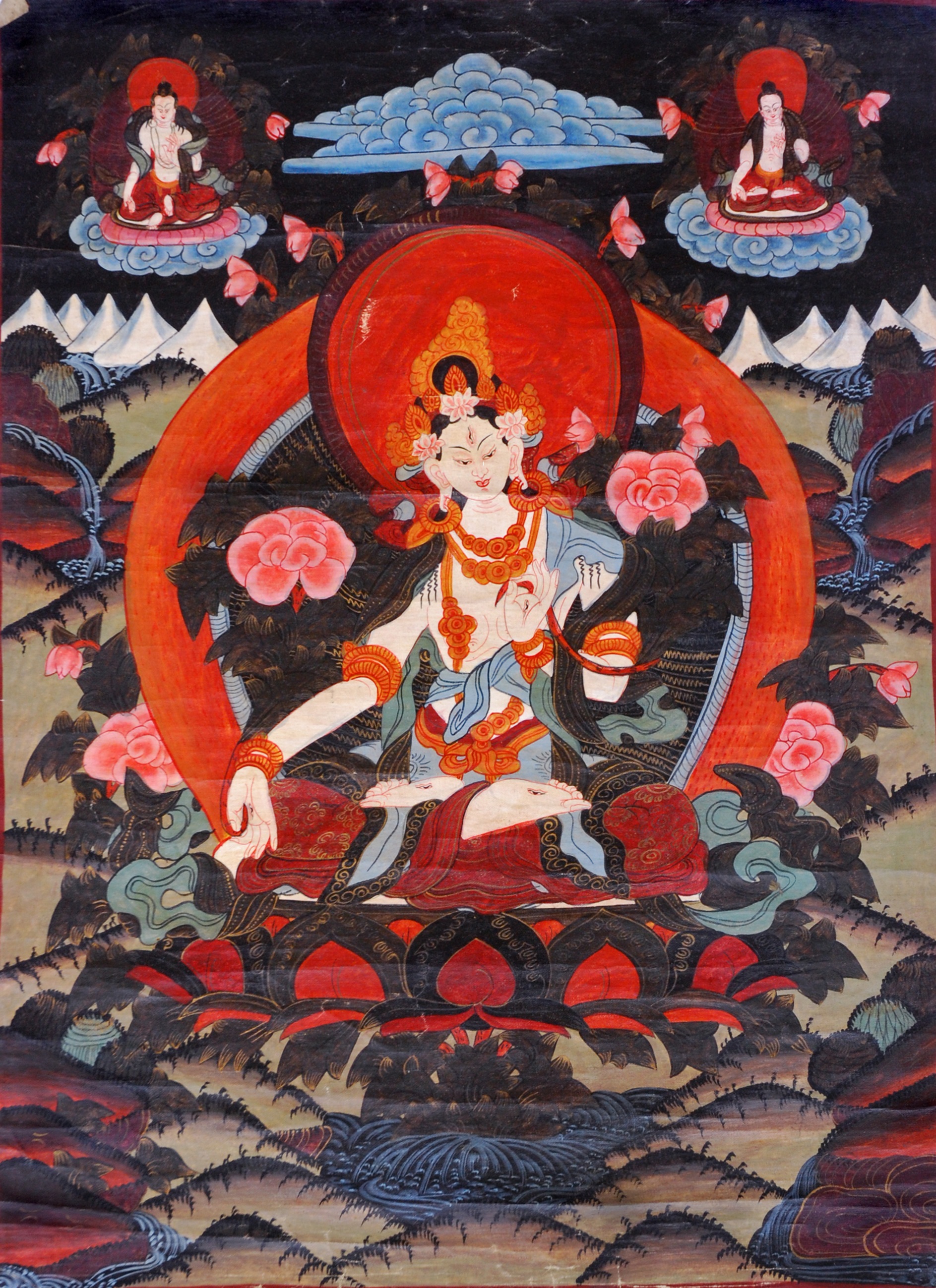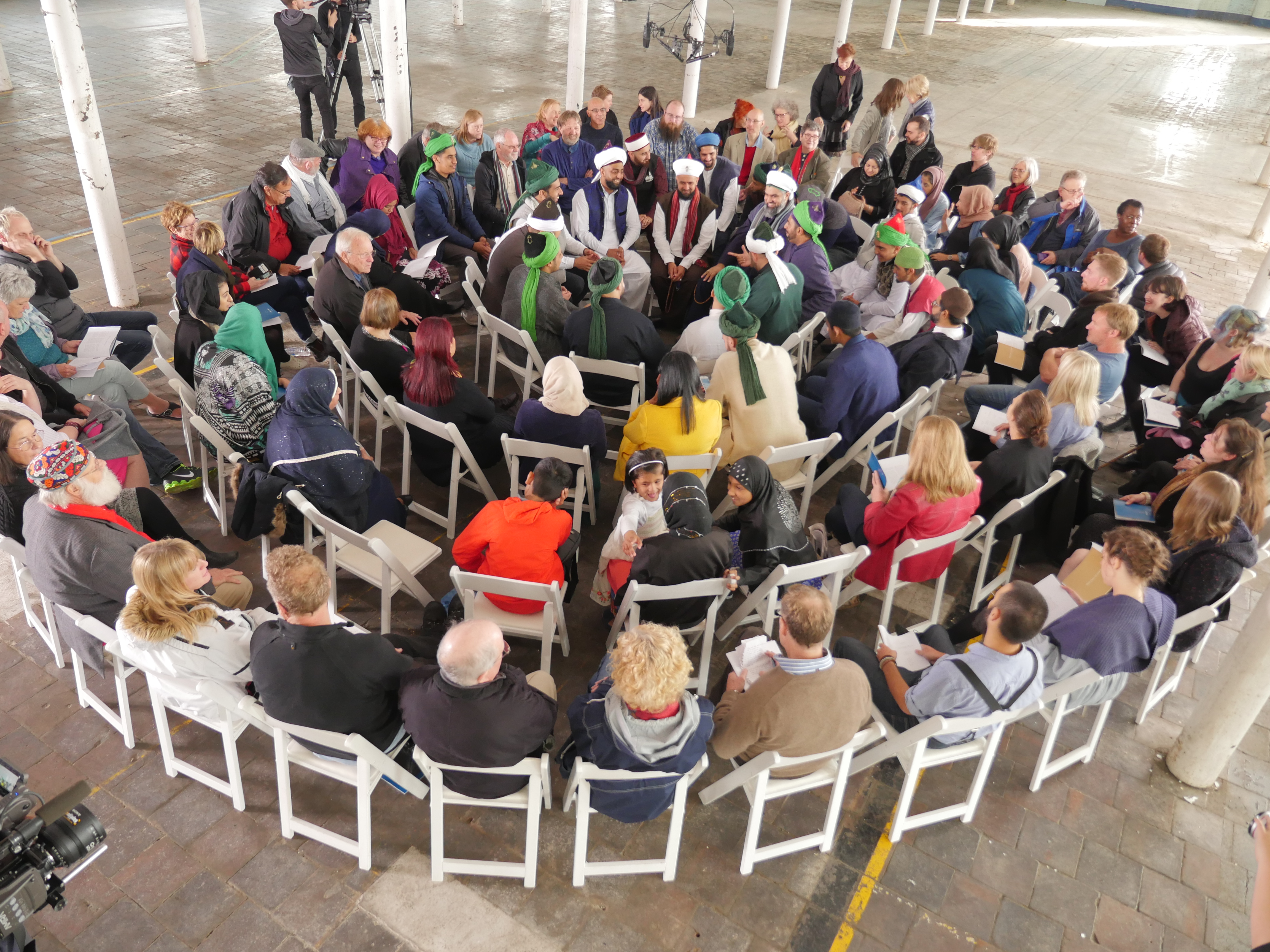
To Talk With Others: A Yukon First Nations Conversation
To Talk With Others responds to the minutes of a meeting in August of 1977 between Prime Minister Pierre Elliot Trudeau and five Yukon First Nations leaders regarding the then-approved Mackenzie Pipeline.




